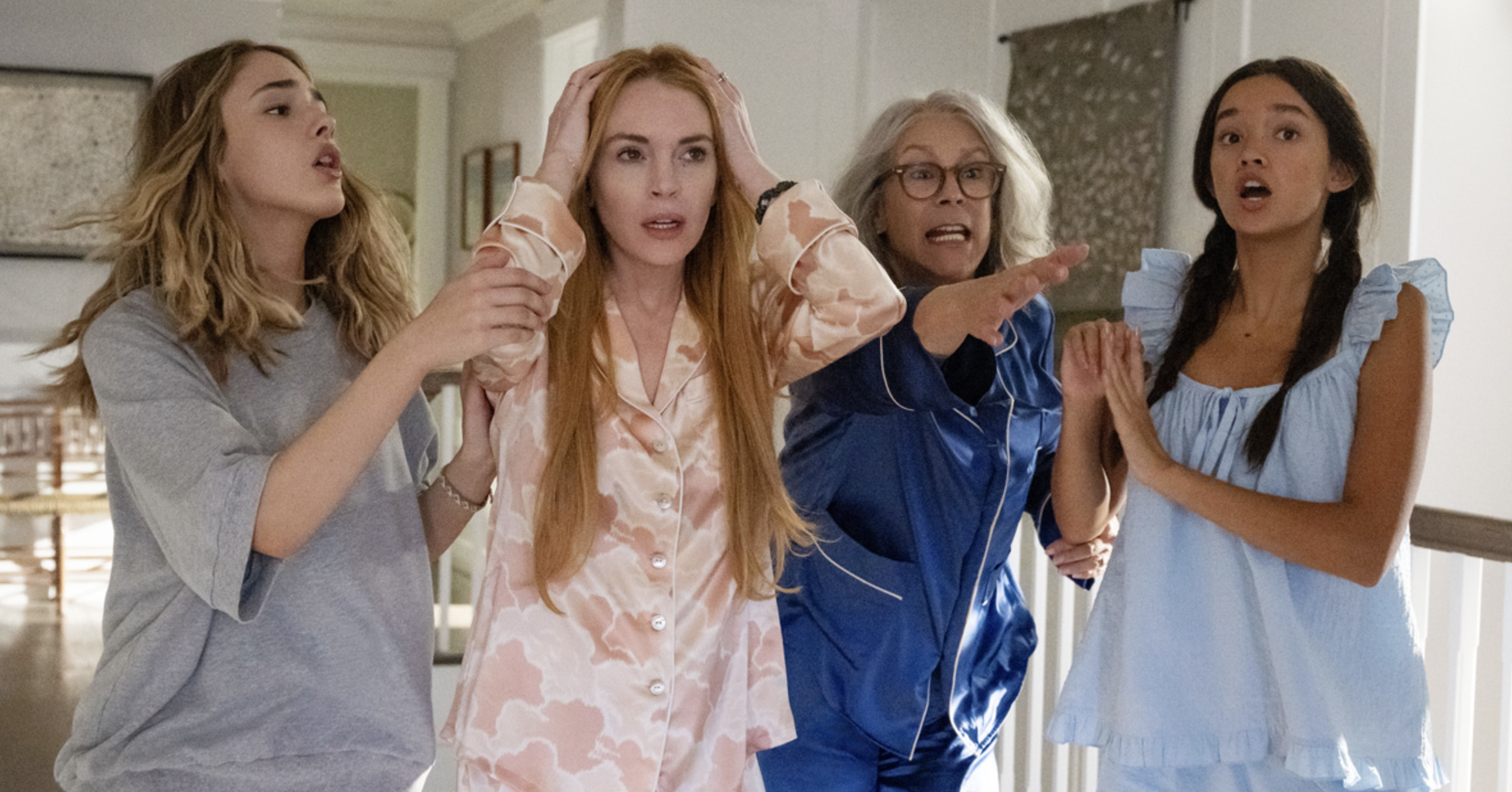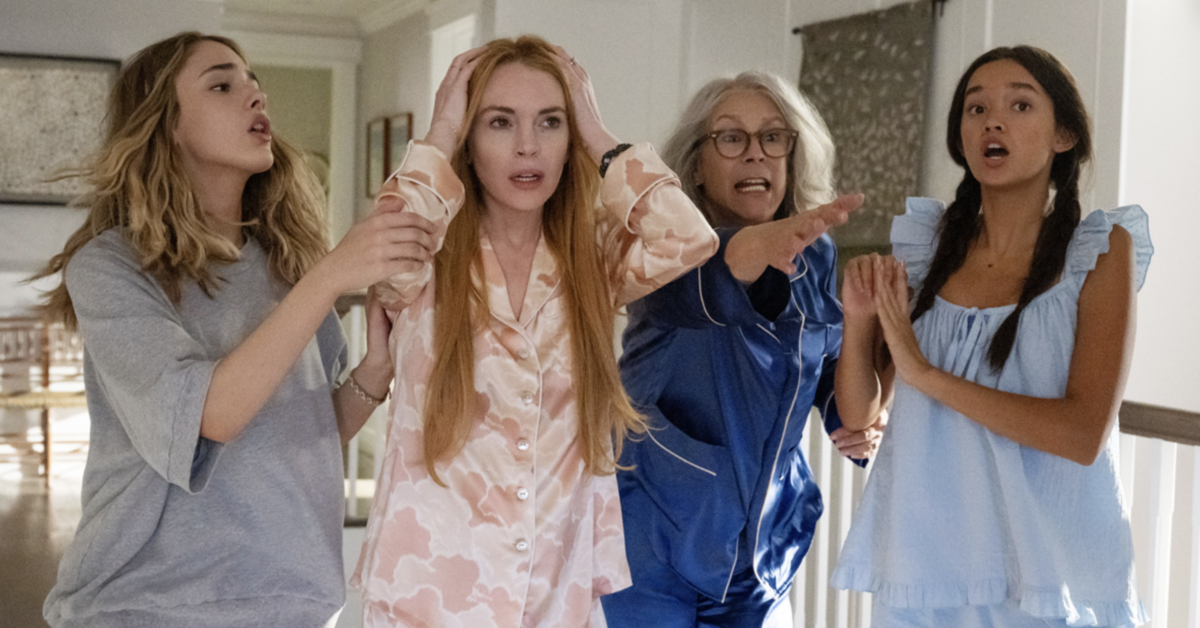
Access the author’s notes at bit.ly/KatuwangNotes.
Trigger warning: This article discusses topics surrounding depression, suicide and other mental health illnesses.
Recent data from the National Statistics Office showed that mental illnesses are ranked as the third most common form of morbidity among Filipinos. In 2021, the Department of Health estimated that at least 3.6 million Filipinos faced mental health issues in light of the COVID-19 pandemic. Children and adolescents are among the most vulnerable of them all.
The World Health Organization estimates that 10 to 15 percent of Filipinos aged 5 to 15 years old are affected by mental health problems, and 16 percent of Filipino students age 13 to 17 years old has attempted suicide at least once within the span of a year.
With this in mind, what can we do in order to become better advocates of mental health, particularly in our educational institutions?
Cultivating a society that is open to discussions about mental health is already a step in the right direction. But we must also kick it up a notch, especially because there is still a significant number of people who see mental health, especially mental illnesses, as a taboo topic.
In the Philippines, discrimination against people with mental illnesses is quite common. This stigma highlighted the fact that many Filipinos lack proper information and education regarding mental health issues and mental health literacy.
Mental health literacy
School is our second home and I believe that it is important that we integrate mental health care and awareness into our educational system.
I’ve been a student leader for my university’s student council for almost four years now and in early 2021, in light of the burnout, stress and other struggles because of the new online learning set-up, I thought, “What can we do to in order to make mental health care more accessible to our school community?”
With that came the idea of establishing a university-wide mental health coalition. The goal of the project was to require each of the college student councils in our university to have a mental health committee, which would later on be a part of the centralized mental health coalition.
As a collective whole, the members of the coalition would then undergo a series of trainings, in order for them to gain more knowledge and information on the different topics surrounding mental health awareness, which they can later on apply when they begin conducting initiatives and projects for their respective colleges, in collaboration with their guidance counselors.
The project also aims to conduct a monthly/bimonthly wellness survey (formulated with the help of guidance counselors and other mental health professionals) which would help the university administrators to have an overview of the mental wellness status of the students in the university.
Depending on the results of the survey, the administrators may impose academic breaks (even during in-person setup), adjust the schedule of examinations or call upon the professors to lighten the workload of the students.
With the help of my costudent leaders under the advocacies committee, Enrick Orajay (first year, BS Psychology) and my coproject head Sabrina Periabras (third year, BS Psychology), this project finally came to life. “Katuwang: The Thomasian Mental Health Coalition” had its first training session/webinar in March via Zoom and Facebook Live.
We aim for this project to continue, in order to cultivate a more mental health-friendly environment for our student body, professors, administrators, nonteaching and religious personnel.
Sharing my notes
Let me share with you my notes (bit.ly/KatuwangNotes), in case you want to adapt them and implement a version of them in your own school. You may substitute the proponents of the project—for example, if you don’t have a student council per college, you may choose your class officers instead.
The Mental Health Act, also known as Republic Act 11036, was officially signed into a law in June 2018. One of the provisions of the law states that “Educational institutions . . . shall develop policies and programs for students, educators and other employees designed to raise awareness on mental health issues, identify and provide support and services for individuals at risk, and facility access, including referral mechanisms of individual with metal health conditions to treatment and psychosocial support.”

While a lot of schools already have programs that cater to the mental health of their community such as free counseling sessions and other psychological services, having an established policy will aid in making these programs permanent, as well as establish a set of standard operating procedures.
Starting point
In the study titled “A Genre Analysis of School Mental Health Policy Documents,” Dr. Sterling Plata of De La Salle University analyzed various school mental health policies from different educational institutions in the United Kingdom.
Based on the policy documents that were analyzed, the following are considered as mandatory contents:
1. Policy statement: Includes the school’s vision in relation to mental health and well-being.
2. Policy aims: Reiterates the goals related to the promotion of mental health awareness, as well as identification and prevention of mental health illnesses.
3. Key staff members: Includes the names of the people who will be in charge of upholding the policy and their responsibilities in regards to the mental health of the academic community.
4. Signposting: Refers to the means of communication of the educational institution with the students and parents about the said policy.
5. Warning signs: Includes a detailed description that will serve as a guide for teachers, staff members and parents, in recognizing potential mental health problems.
6. Managing disclosures: Refers to handling disclosure and confidentiality.
7. Confidentiality: Provides details about what particular confidential information can be shared, to whom, why it must be shared and how. This clause also addresses concerns about respecting a students’ decision to not inform their parents about their respective mental health problems.
8. Working with parents: Includes guidelines on how to respond to parents who disclose/report the mental health problems of their children.
9. Support peers: States how friends of students who are suffering from mental health problems can provide support for their peers. This clause also includes how much information can be shared with the students.
10. Training: How and when students, teachers and personnel will be trained on topics about mental health awareness.
11. Policy review: May include the dates and process of when the policy must be reviewed and updated.
12. Appendices: Some of the analyzed policies in the study provided a description of different mental illnesses, its symptoms and where to seek additional information and support.
Initiatives
With all of the hardships that that we faced during the pandemic, and the readjustment that we would have to undergo after it’s finally over, we are in need of initiatives that cater to the cultivation of a healthier and improved mental health environment in our educational institution.
We have been advocating for mental health awareness in schools for so long, and I believe that it’s time for us to take it one step further. Aside from the webinars and social media movements, we must establish projects, initiatives and policies that are more sustainable for years to come.
Mental health is a vital part of the development of each person, whether they be a teacher, a staff or a student, and must always be given priority and treated with utmost importance, especially in the place that we refer to as our “second home.” —CONTRIBUTED INQ
The author is a Bachelor of Arts in Behavioral Science student at University of Santo Tomas.












































